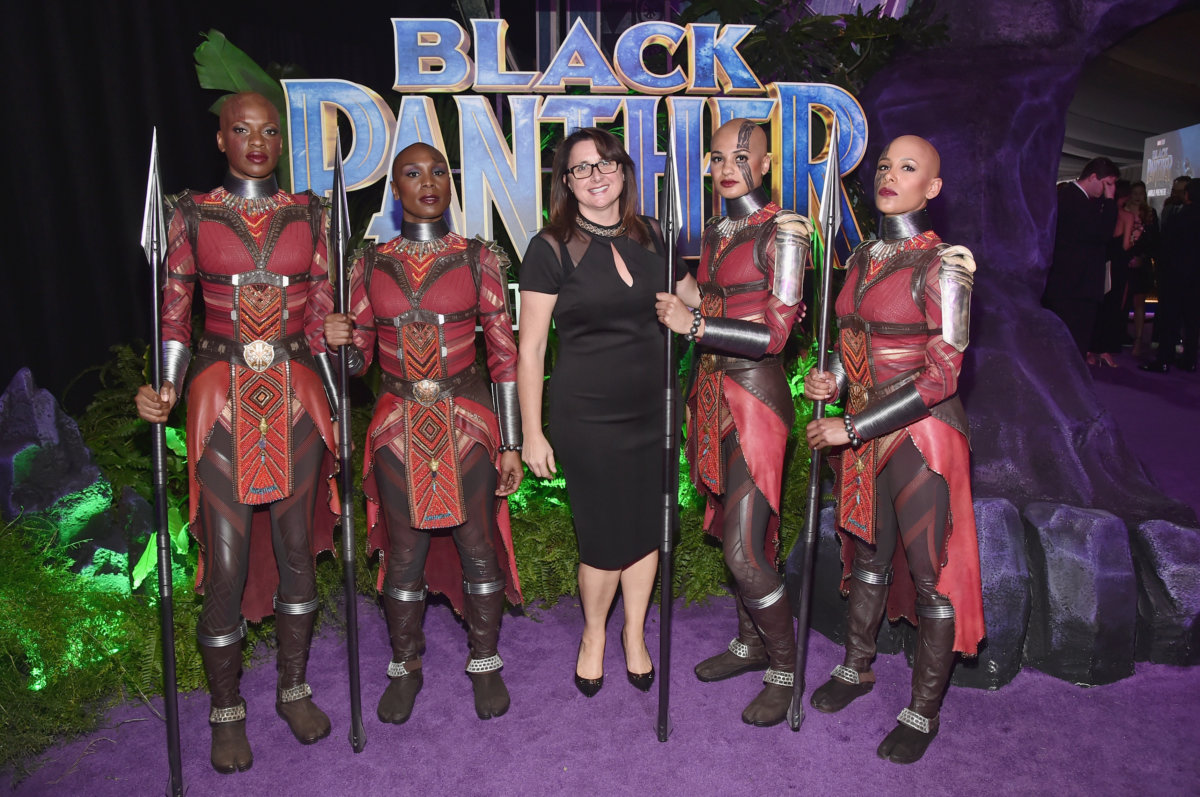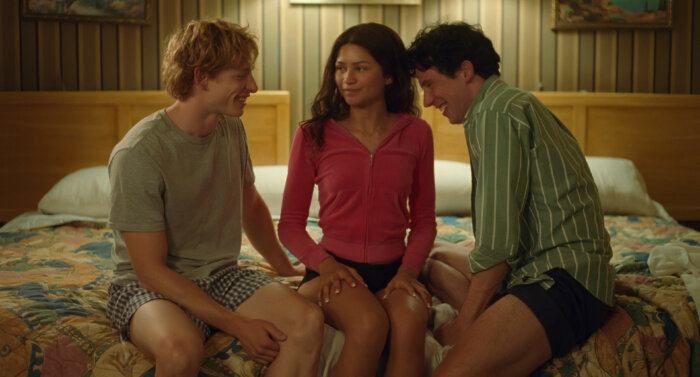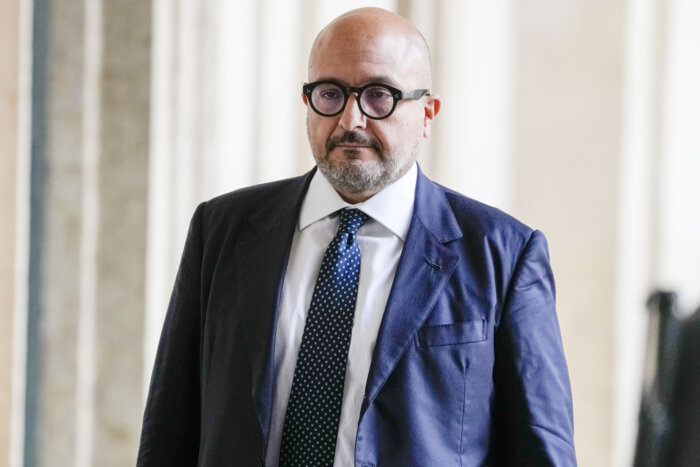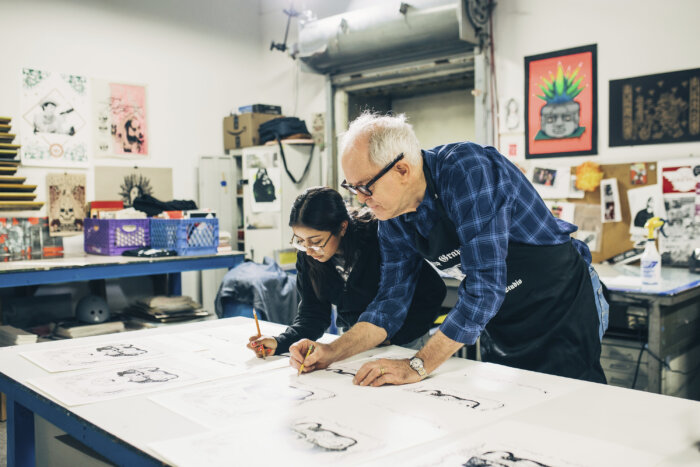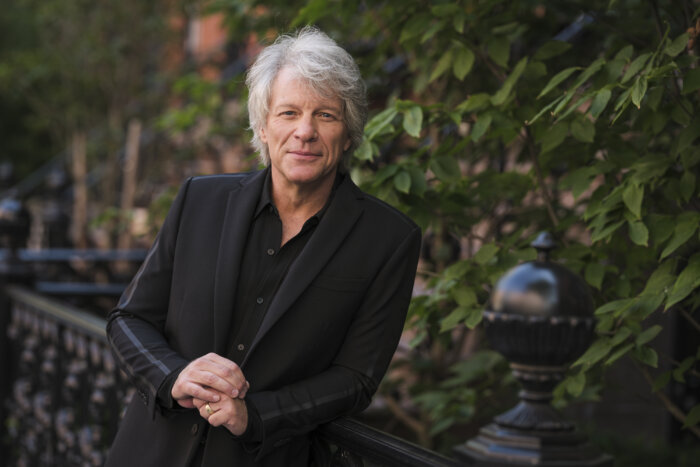By Luz Lancheros, MWN
With almost 50 years of comic stories about hundreds of characters, Marvel began to give a continuous and coherent narrative to its universe in the cinema. It started with Iron Man (2008) and culminated with the epic narrative of “Avengers: Endgame” in 2019, which holds the position of highest-grossing film in history, collecting $2.798 billion.
This would not have been possible without the work of Victoria Alonso, executive vice president of production at Marvel Studios. The Argentinean began her career in visual effects and production and was named one of the most influential Hispanic women of 2019. She was also the first woman to receive the Visionary Award in its 15th edition, among other accolades.
Metro spoke with Alonso on how she built a universe adapted to today’s realities and why she has been so successful at it.
How did women in Marvel Cinematic Universe become powerful characters with their own stories, like Captain Marvel (Carol Danvers) and the Black Widow?
It’s a process. If you look at Black Widow’s journey – we introduced her in “Iron Man 2” in a wonderful way. And then we introduced her in “The Avengers” with the Russian spies, which for me became one of the most important and most memorable scenes of how to introduce a character who, in a high dress and shoes, defeats her torturers.
Over the years we have planted the seeds to develop the characters and it seems to me that now the stories are linked. The characters have always existed, but we put the focus on them so that they tell what they have to tell and thus continue polishing what is the great fabric of our Marvel Cinematic Universe. And it fills me with pride now to see these women full of glory, in all their capacity and power.

How did you manage to break the glass ceiling? What are your responsibilities?
The process has been gradual: three decades of history, career, life, struggle. That included working 14, 15 hours a day and on weekends. I’ve traveled a lot and had the ability to create in those places. And that made me adapt. Now my responsibility is to make one step at a time. I never would have thought that we would become the most box-office hit film in the world. I work 12 to 13 hours a day on Zoom, making decisions. I see the whole process as steps that one takes. When I see what the press does, I am proud of it, but if you only see success, you don’t see all the knots that have to be unraveled. I focus on the knots of the day and when we have premieres or advances, I take those five minutes and realize what we have created and that the parameters we have set are impossible for the world, but these were achievable and possible for us. We never said we couldn’t make it. And that is what I am left with: with the possibility of doing it every day.
Tell more about the working process during the pandemic.
One of the characters that we thought was never going to show up was the pandemic. Another character is patience. We used to live with other kinds of limitations, permissions, actor schedules, but when the world stops it’s hard. We didn’t stop, in fact, we worked harder and more hours to see what we had to create to be aligned with the world and when the world opens its doors, we’ll go out with everything we have because we wait for it so eagerly and we don’t let this moment cloud the desire and characters as we had planned.
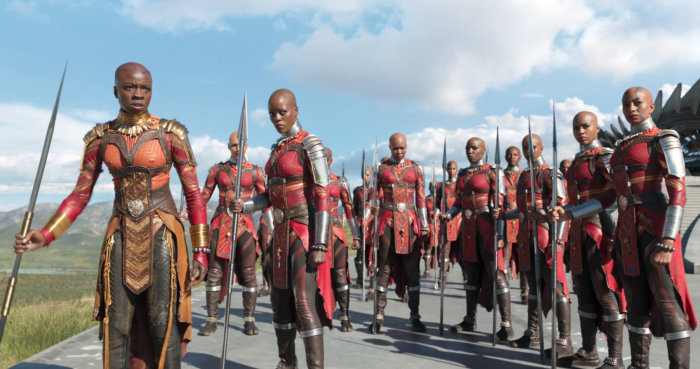
Black Panther has been one of the few films recognized in the award season.
The recognition at the award level has to do with the people it rewards and not with us. Everyone has the right to recognize whoever they want: that year we had eight recognitions and three awards. The most important thing for us is not to make films that win awards but to tell the best stories. If at that moment the entities that give the awards decide to recognize us, we are going to thank them and respond. But we don’t make films thinking about them. We create movies worthy of our franchise, worthy of our characters. And if the awards don’t see that, then we have no control over that. We find it beautiful when they do, for example, when we were nominated for The Best Film. But that’s not on the list of our priorities.
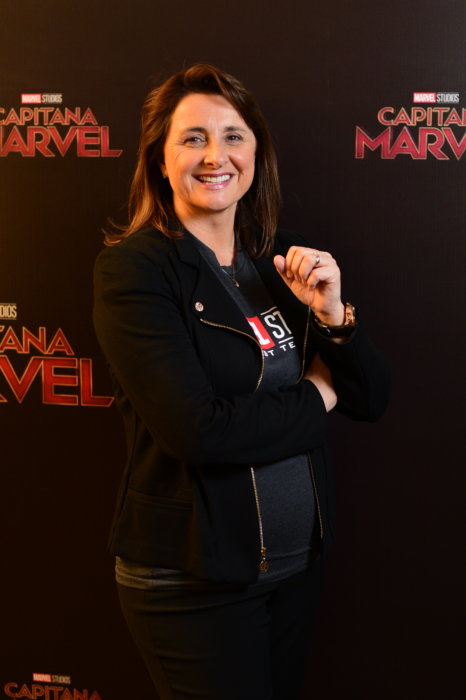
Do you think that someday there will be a Latino protagonist in the Marvel Cinematic Universe?
We’ll have more representation, and we’ll show the world that including characters that weren’t included before is much better than not including them at all. One of the things I’m saying is that all children should be represented and we’re going to try to do that in the best way: from here until I’m very old.
Many female characters face a lot of resistance and anger from fans, as it happened with Carol Danvers. How do you deal with that?
Part of evolution is resistance. In no way do we see it as something that is not part of the process. People are sometimes afraid in the face of something they don’t know. It’s like if you tell someone who doesn’t eat sushi to eat it. There are people who don’t like it and have to respect that, but there are people who do like it. So, we get around by being consistent with what our stories are, with the respect we have for the Marvel Cinematic Universe, with the love we have for the audience, and consistently telling stories that are related and that are part of this universe.
It is not a political thing. We are filmmakers and we have a global audience, and because there is a part of the audience that resists inclusion, there are people who ask for it. So, we have to respect that our characters are what they are, that although they are written in the 60s, we will continue to tell their stories and little by little we will include as many of them as we can. And some people will reject it, but it’s part of being a filmmaker. Not everyone likes movies about love, horror, sports. That’s okay. That’s part of who your audience is. But let us tell the story, without stigmas, about the character beyond his or her color, gender, or group.



